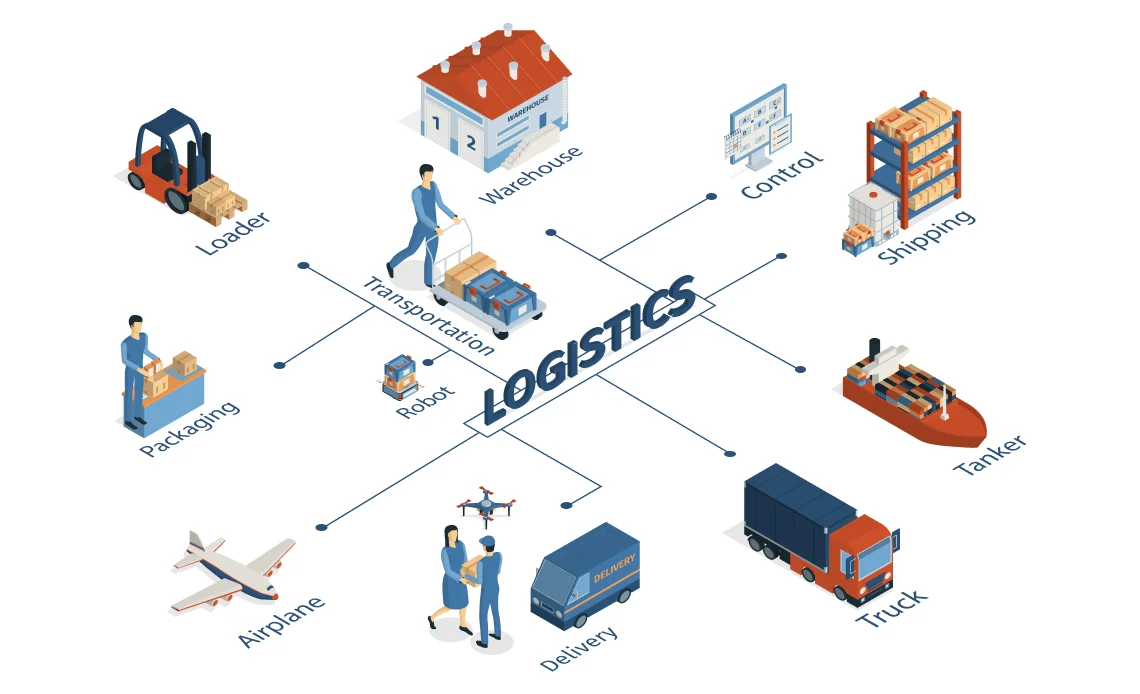From optimizing supply chain operations to enhancing delivery efficiency, AI technologies are revolutionizing every aspect of logistics management. This article explores the significant contributions of AI to the logistics industry and its role in shaping the future of global commerce.
Enhanced Predictive Analytics
AI-powered predictive analytics enable logistics companies to anticipate demand fluctuations, optimize inventory levels, and streamline route planning. By analyzing historical data, market trends, and external factors in real-time, AI algorithms can forecast future demand with remarkable accuracy. This proactive approach minimizes stockouts, reduces excess inventory costs, and improves overall supply chain efficiency.
Dynamic Route Optimization
Traditional route planning methods often struggle to adapt to dynamic variables such as traffic congestion, weather conditions, and delivery constraints. AI-based route optimization algorithms leverage real-time data from GPS sensors, traffic cameras, and weather forecasts to dynamically adjust delivery routes. By optimizing routes based on current conditions, logistics companies can reduce transportation costs, enhance delivery speed, and improve customer satisfaction.
Smart Warehouse Management
AI-powered warehouse management systems (WMS) transform traditional warehouses into smart, automated facilities. Using technologies like machine learning and computer vision, AI systems optimize inventory placement, automate picking and packing processes, and minimize order fulfillment times. By orchestrating warehouse operations with precision and efficiency, AI-driven WMS improve inventory accuracy, reduce labor costs, and accelerate order fulfillment.
Predictive Maintenance
Maintaining fleets of trucks, ships, and aircraft is a costly endeavor for logistics companies. AI-driven predictive maintenance solutions analyze equipment sensor data, historical maintenance records, and environmental factors to predict potential failures before they occur. By identifying maintenance needs in advance, logistics companies can schedule repairs proactively, minimize downtime, and extend the lifespan of their assets.
Autonomous Vehicles and Drones
AI technologies are powering the development of autonomous vehicles and drones, revolutionizing last-mile delivery operations. Autonomous trucks equipped with AI algorithms can navigate roads safely, optimize fuel consumption, and reduce labor costs. Similarly, drones equipped with computer vision and AI capabilities can deliver packages to remote locations with speed and precision. By leveraging autonomous technologies, logistics companies can expand their delivery reach, reduce delivery times, and lower operational costs.
Supply Chain Visibility and Transparency
AI-enabled supply chain visibility platforms provide real-time insights into the entire logistics network, from suppliers to end customers. By aggregating data from multiple sources, including suppliers, carriers, and IoT devices, AI platforms offer granular visibility into inventory levels, shipment statuses, and delivery ETAs. This end-to-end visibility enables logistics companies to identify bottlenecks, mitigate risks, and proactively resolve issues to ensure smooth operations.
Conclusion
In conclusion, AI is driving a revolution in the https://binerals.com/blog/ai-in-the-logistics-industry logistics industry, empowering companies to optimize operations, enhance efficiency, and deliver superior customer experiences. From predictive analytics and route optimization to smart warehouse management and autonomous vehicles, AI technologies are reshaping the way goods are transported, stored, and delivered worldwide. As AI continues to evolve, logistics companies must embrace these innovations to stay competitive in an increasingly digital and interconnected global economy.










